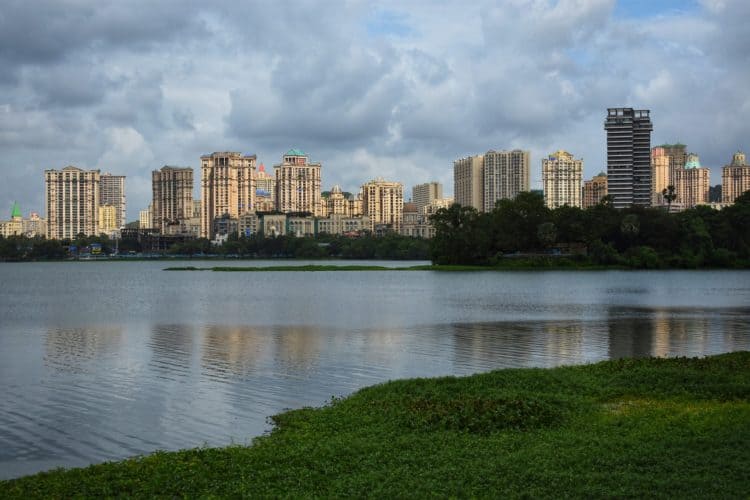India's economy will recover in 2021, reducing the likelihood of a sharp deterioration in asset quality at the country's public sector banks, said Moody's Investors Service recently.
However, banks' capitalisation will remain insufficient to absorb unexpected shocks and support credit growth, the credit rating agency noted.
"Various measures by the Indian government to support borrowers have helped curb growth in public sector banks' nonperforming loans (NPLs), and the volume of restructured loans is not as large as we anticipated," said Rebaca Tan, a Moody's Assistant Vice President and Analyst.
Asset quality at the five largest rated public sector banks (PSBs) in India – State Bank of India (Baa3 negative, ba2), Bank of Baroda (Ba1 negative, b1), Punjab National Bank (Ba1 negative, b1), Canara Bank (Ba1 negative, b1), and Union Bank of India (Ba1 negative, b1) – improved mildly in the first nine months of the year ending March 2021 (fiscal 2021) despite an economic contraction exacerbated by the pandemic, Moody’s pointed out.
The gross NPL ratios of the five banks declined by an average of about 100 basis points as of the end of 2020 from a year earlier, even including loans that have become delinquent since the end of August 2020 but are not formally classified as NPLs because of a pending case in the Supreme Court, the firm added.
However, India's public sector banks will continue to face capital shortages as their profitability remains weak given high credit costs, leaving them vulnerable to any unexpected stress, Moody’s warned.
The government plans to infuse INR200 billion (US$2.7 billion) in equity capital into public sector banks in fiscal 2022, on top of the INR200 billion budgeted in fiscal 2021.
"While the government's capital infusion into public sector banks will help them meet Basel capital requirements, it will not boost credit growth," Tan said.




